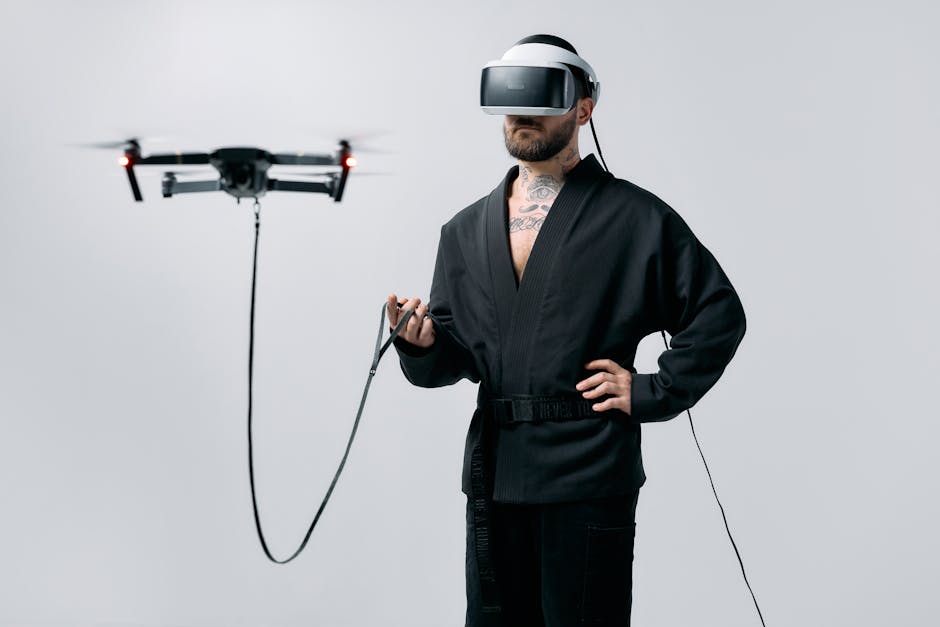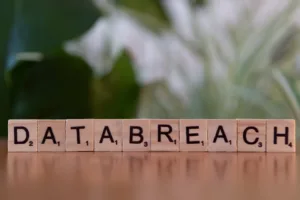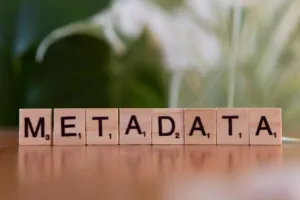
Security Operations Centers (SOCs) are increasingly adopting AI to handle the growing volume of threats, but the role of human expertise remains critical. Intezer’s AI SOC exemplifies this balance, combining automated triage with human validation to improve accuracy and efficiency. This approach reduces false positives by 97% while maintaining an average triage time of just two minutes1. For organizations, this means faster response times without sacrificing precision.
The Synergy Between AI and Human Analysts
Intezer’s system automates high-volume tasks such as malware analysis and alert triage, but human analysts review AI-generated verdicts to catch false positives and contextualize threats1. A case study involving DPD Group showed that 80% of Tier-1 SOC tasks were automated, allowing analysts to focus on strategic threat hunting2. Similarly, Legato Security scaled operations by 300% using AI-driven automation3. This division of labor ensures that AI handles repetitive work while humans apply intuition and experience to complex cases.
Case Studies and Industry Adoption
Small and medium-sized businesses (SMBs) also benefit from AI-powered SOCs. Judy Security, for example, reduced costs by 40% while maintaining enterprise-grade protection4. However, challenges remain, including potential biases in AI models and adversarial exploits targeting automated systems5. Fujitsu’s multi-agent AI system, which simulates attacks using a “Cyber Twin,” addresses some of these risks by testing defenses against 3,500+ generative AI vulnerabilities6.
Future Trends and Regulatory Considerations
The EU’s AI Act now mandates transparency in SOC tools, requiring explainable alerts to ensure accountability7. Meanwhile, AI-driven threat hunting continues to evolve. Transputec’s MSSP, for instance, uses AI to correlate global threat feeds in real-time8. Below is a simplified pseudocode example of how such a system might work:
# Pseudocode for AI-driven threat correlation
def correlate_threats(logs, threat_feed):
alerts = NLP_analyze(logs)
matches = cross_reference(alerts, threat_feed)
return rank_threats(matches)
Relevance to Security Professionals
For SOC analysts, integrating AI means fewer false positives and faster triage, but human oversight remains essential for nuanced decisions. Threat researchers can use AI to process large datasets, while CISOs must weigh the cost-benefit of automation against regulatory requirements. Red teams should test AI systems for adversarial weaknesses, particularly in generative AI applications.
Conclusion
Intezer’s AI SOC demonstrates that automation and human expertise are not mutually exclusive. By leveraging AI for scalability while retaining human judgment for critical decisions, organizations can achieve both efficiency and accuracy. As AI adoption grows, balancing these elements will be key to effective threat detection and response.
References
- “The Human Element in Intezer’s AI SOC: Balancing Automation with Expertise,” Intezer Blog.
- “DPD Automates SOC Tier-1 Tasks with Intezer,” Intezer Case Study.
- “Legato MSSP Scaled SOC Analysis Automation,” Intezer Case Study.
- Raffaele Mautone, LinkedIn Post on AI for SMBs.
- “Adversarial AI Threats,” ACM Study.
- Fujitsu’s Multi-Agent AI Security, LinkedIn Post.
- EU AI Act, 2024 Regulations.
- Transputec’s AI Threat Hunting, LinkedIn.




